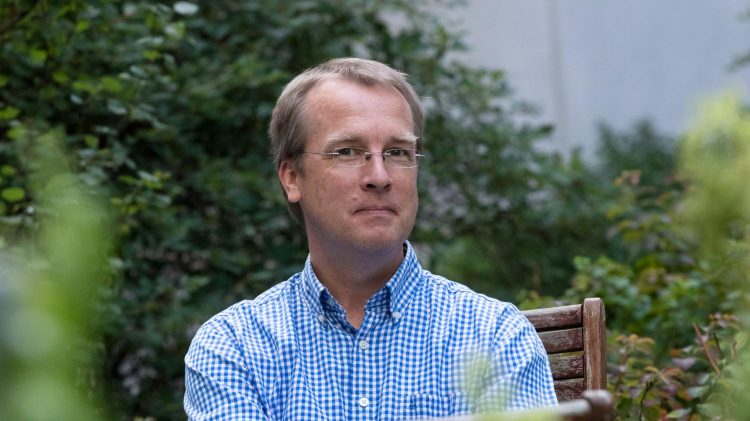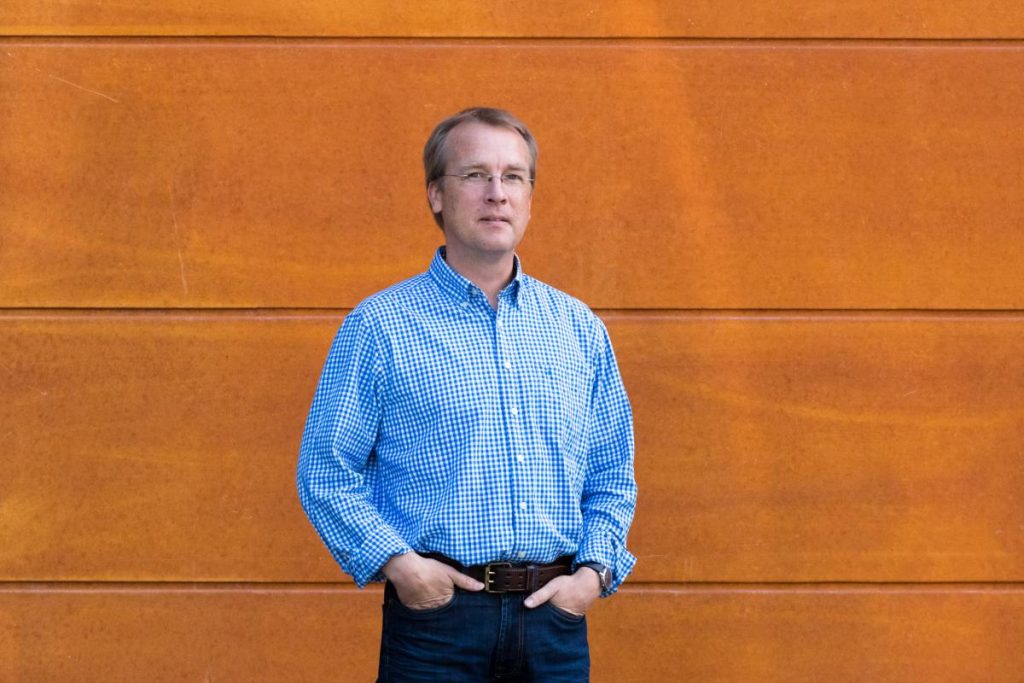
Radio channel expert Pekka Kyösti is shaping the way for 6G research
A mathematician by training, Pekka Kyösti is enjoying what he calls taking “a bit of an outsider look” at the technologies of future mobile telecommunications.
-Even as I have worked with engineers throughout my career, I’ve always looked at things from a different perspective than engineers.
Working as a research director in 6G Flagship, Kyösti is bringing his expertise in radio channel models to the programme. He has worked as a senior specialist for Keysight, a company specializing in electronics test and measurement equipment and software, and is now sharing his time between 6G Flagship and Keysight. While working in the industry since 1998, he has continuously done research, publishes papers, and he got his doctorate in 2018.
-The world of academia suits me really well. I enjoy having one foot in industry and the other in academia, Kyösti says.
Kyösti says he is a comfortable denizen of both worlds and his has been a very smooth experience, practically speaking. As industry feeds great research problems to academia, academia in turn trains highly knowledgeable researchers who are well-versed in both theory and science, and the realities of industry.
-It really benefits both sides. It’s really wonderful to come to the university from industry and focus the conversation on actual, real-world issues. On the other hand, the Flagship has a very different timespan as it considers things some ten years in the future. I really feel we are on the frontline of doing significant new things, Kyösti says.
Kyösti’s first objectives at the 6G Flagship are to look at the radio spectrum, high frequencies in the sub-terahertz and terahertz scale and figure out how they are adaptable to different scenarios and how the laws of physics come into play.
-The big questions for me are things like, what frequencies we should go into? Where do we focus our research? For some frequencies it is easier to develop antenna technology than for others. What is our best path forward?
Second, Kyösti is utilizing his expertise in radio channel model emulation.
-Yes, to build mathematical models of future radio channels for research purposes. These models will be used by researchers and engineers alike as they are developing new algorithms and solutions, Kyösti says.
Having worked extensively with 5G technologies, Kyösti says that area of research is well-charted by now with respect to the current frequencies in use. As far as 6G – a generation of mobile telecommunications a decade in the future – he sees many new challenges ahead.
-Moving into higher frequencies will bring their own problems we need to solve. A dynamic, mobile radio channel using a high frequency is a challenging thing to measure. As we are moving through the real world with buildings, plants and trees and streets there are many things that affect the radio signal. With certain metamaterials we could boost the signal, Kyösti says.
Kyösti gives a real-world example. Imagine a city with fixed radio link transmitters which have replaced fibre optics and radio signals move freely through the air. However, there are things that may interfere with the signal, such as rainfall, which can drastically impede a radio signal. Having buildings equipped with reconfigurable, AI-controlled metamaterials, the signal could effectively be rerouted to avoid local rainfall by reflecting it off of the walls of other buildings and direct it elsewhere.
-The radio channel is the enabler. There’s always the transmitter and the receiver and the channel is the component in the middle. This component, this propagation channel is the one we need to measure, research and even find ways to manipulate, Kyösti says.

Text & photos: Janne-Pekka Manninen